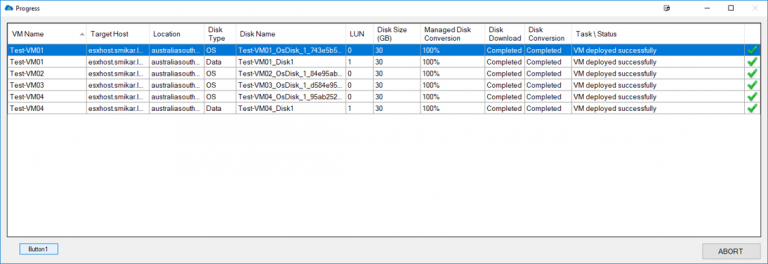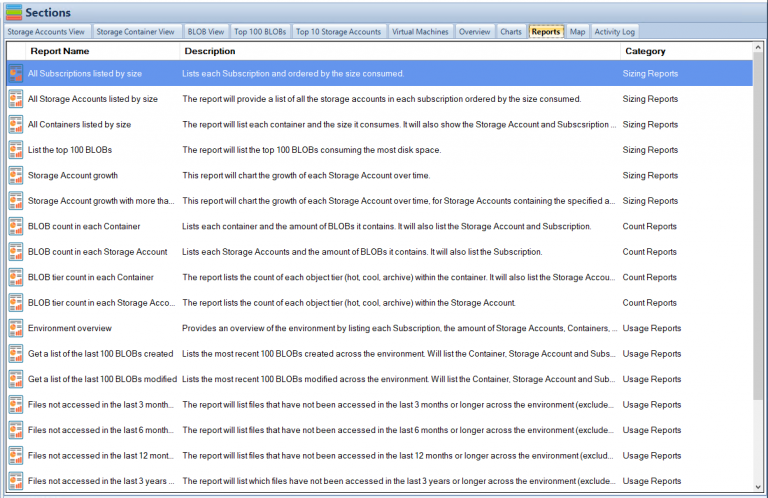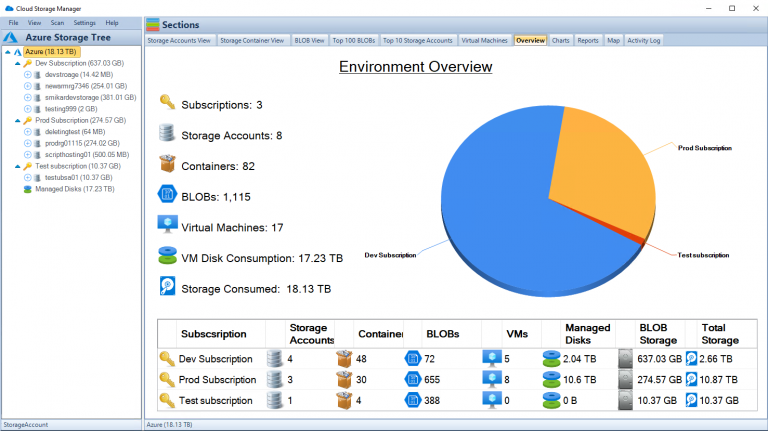Oh, it’s a beautiful day for cloud computing! You might be sitting in your workspace, coffee in hand, getting ready to step into the world of Microsoft Azure. Good news! You’re about to embark on a journey into the vast universe of cloud services, but don’t worry, this guide has got you covered.
Introduction
Microsoft Azure is a cloud computing service created for building, testing, deploying, and managing applications and services through Microsoft-managed data centers. It provides a range of cloud services, including those for computing, analytics, storage, and networking. By the end of this guide, you’ll be piloting your cloud journey with Azure like a seasoned aviator. Let’s get started!
Step 1: Creating Your Azure Account
Before we set sail, you’ll need an Azure account. Luckily, Microsoft offers a free tier to get you started. This will give you access to a range of free services for 12 months, plus a credit to explore Azure for 30 days.
- Navigate to the Azure Portal.
- Click on “Start free” and you will be prompted to sign in with your Microsoft account.
- After signing in, you’ll need to provide some details and verify your account with a credit card. Don’t worry, it’s only for verification purposes, you won’t be charged unless you choose to upgrade.
See, it’s as easy as one, two, three. Now, you’re ready to take the wheel!
Step 2: Understanding the Azure Portal
The Azure Portal is your flight deck in the world of Azure. It’s where you’ll create and manage your resources. Understanding it will make your journey a whole lot smoother.
- Dashboard: This is your personalized space. You can customize it to display information that’s important to you.
- All services: Here you can find every service that Azure offers. Feel free to explore and experiment.
- Resource groups: These are logical containers for resources deployed on Azure. It’s an easy way to organize your stuff.
- Notifications: Important information about your account and resources are displayed here.
Getting familiar with the Azure Portal is like learning to navigate your spaceship. Spend some time exploring it, and soon you’ll be cruising through the cosmos!
Step 3: Creating a Resource Group
Resource groups are an essential component in managing your Azure resources. Think of them as the backpacks of Azure. They’re where you store all your cloud goodies.
- Click on the hamburger menu (≡) in the top-left corner of the Azure Portal.
- Click on “Resource groups”, then click on “+ Add”.
- Fill in the details: subscription, resource group name, and region.
- Click on “Review + Create”, and after checking your details, click “Create”.
Voila! You’ve created your first resource group. How exciting is that?
Step 4: Deploying Your First Resource
For your first Azure adventure, let’s deploy a virtual machine. This is like creating your very own computer in the cloud. Cool, right?
- In the Azure Portal, go to “Virtual machines”, then click “+ Add”.
- Select your subscription and resource group, then fill in the details for your virtual machine.
- Click on “Review + Create”. Once you’re happy with your settings, click “Create”.
Congrats! You’ve just deployed your first Azure resource. Now that’s a milestone worth celebrating!
Step 5: Securing Your Azure Account
Your Azure account is like your personal spaceship in the vast cosmos of cloud computing. Just as you wouldn’t want any unauthorized aliens accessing your spaceship, you don’t want unwanted access to your Azure account.
- Set up Multi-Factor Authentication (MFA): This adds an extra layer of security to your account. To set it up, navigate to “Azure Active Directory”, select “Security”, and then choose “MFA”.
- Use Role-Based Access Control (RBAC): This allows you to grant access to Azure resources to other users, but with specific roles and permissions. You can assign roles at the subscription, resource group, or individual resource level.
- Implement Azure Policy: Azure Policy helps you manage and prevent IT issues with policy definitions that enforce rules and effects for your resources.
Remember, with great power comes great responsibility. Securing your Azure account is a critical part of your cloud journey.
Step 6: Understanding and Utilizing Azure Services
Azure offers a vast range of services to cater to all your cloud computing needs. From computing and storage to AI and machine learning, there’s a service for virtually everything.
- Azure Compute: This is where you’ll find services for hosting applications and running code. For example, Azure Virtual Machines let you deploy a wide range of computing solutions.
- Azure Storage: This is your cloud closet. Azure offers a range of storage solutions, from Blob Storage for unstructured data to Table Storage for structured NoSQL data.
- Azure AI + Machine Learning: This is the brain of Azure. Here, you can utilize machine learning and artificial intelligence to build intelligent applications.
- Azure Analytics: This is the analytics powerhouse of Azure. Services like Azure Stream Analytics can help you gain real-time insights from your data.
Don’t be afraid to explore the wide range of services that Azure has to offer. Each service is another tool in your cloud computing toolbox.
Step 7: Monitoring Your Azure Environment
In the world of cloud computing, you need to be constantly aware of the state of your environment. Luckily, Azure has a couple of services that can help you keep track of your resources.
- Azure Monitor: This service collects, analyzes, and acts on telemetry data from your Azure and on-premises environments. It helps you understand how your applications are performing and proactively identifies issues affecting them and the resources they depend on.
- Azure Log Analytics: This is a tool that helps you collect and analyze data generated by resources in your cloud and on-premises environments.
Just like a ship’s captain keeps an eye on the radar, you need to monitor your Azure environment to ensure smooth sailing.
FAQ
Q: I’m worried about costs. How can I keep track of my Azure expenses?
A: Azure Cost Management is a service that helps you monitor and control your Azure spending and optimize resource use. You can create budgets, set up alerts, and even analyze your cost drivers and usage trends.
Q: Can I access Azure services using command line?
A: Absolutely! Azure CLI (Command Line Interface) is a command-line tool that allows you to manage Azure resources right from your terminal.
Q: I accidentally deleted my resource group! Can I get it back?
A: Unfortunately, deleting a resource group is permanent, and it deletes all the resources within it. Always be careful when deleting resource groups or resources.
Q: I’m having trouble managing my resources. Can Azure help with that?
A: Yes! Azure Resource Manager (ARM) is a service that lets you manage and visualize resources in your app in a simple and organized way. You can use templates to define and deploy your resources consistently.
Q: I want to use a database with Azure, but I’m not sure which one to choose. Any suggestions?
A: Azure offers a range of database services to fit your needs. If you’re looking for a relational database, Azure SQL Database could be a good fit. If you’re interested in a NoSQL database, you might consider Azure Cosmos DB.
Q: Can I host a website on Azure?
A: Absolutely! Azure App Service is a fully managed platform for building, deploying, and scaling your web apps. You can host web apps, mobile app back ends, RESTful APIs, or even automate business processes.
Conclusion
That’s it, folks! You’re not just an Azure beginner anymore; you’re on your way to becoming an Azure hero. Remember, the cloud is a vast and exciting place. Don’t be afraid to explore and experiment. With Azure, you have the power to build, innovate, and create amazing things. And with this guide, you have the knowledge to navigate the azure skies. So strap in, power up, and let’s soar into the clouds!




